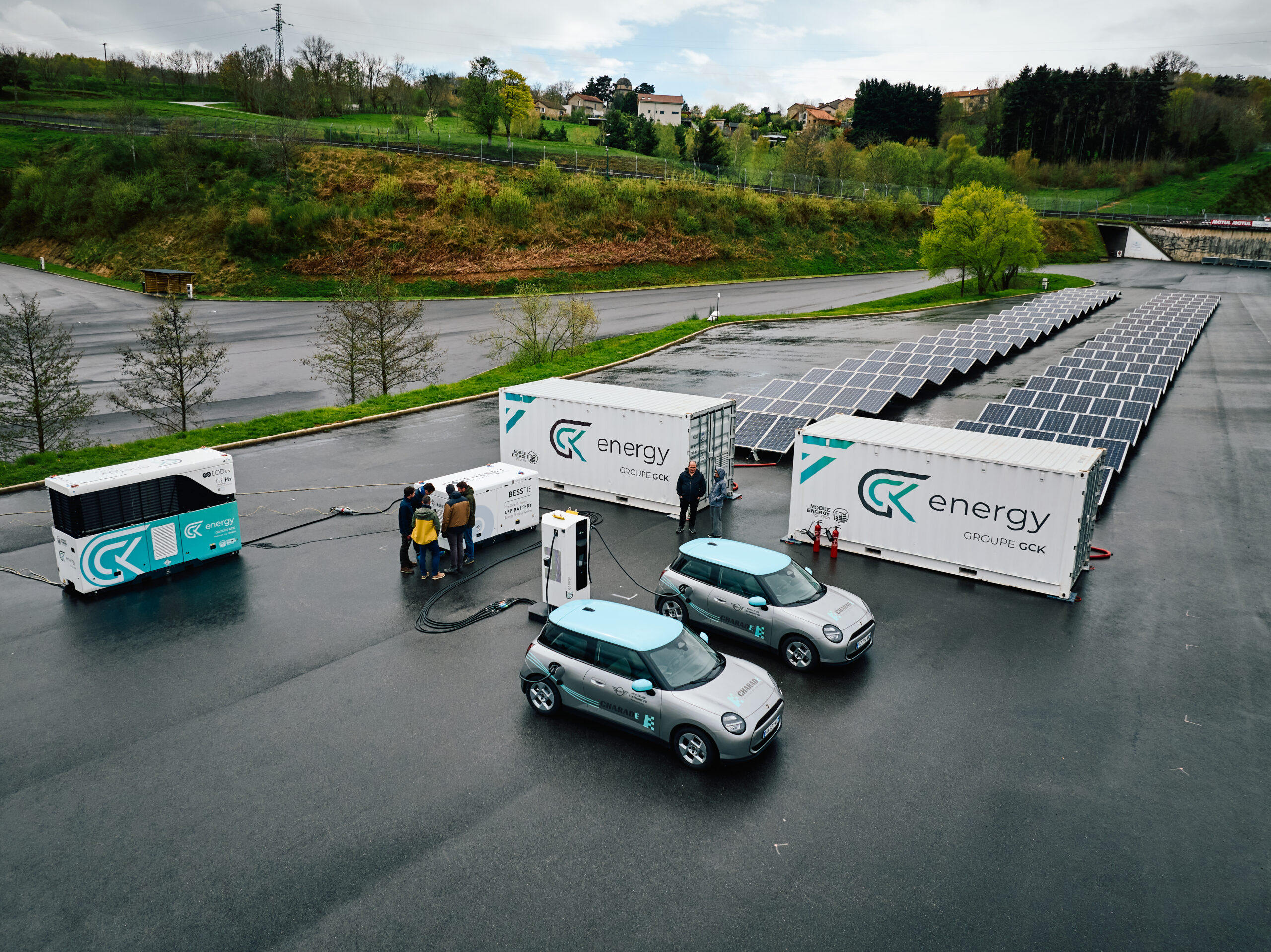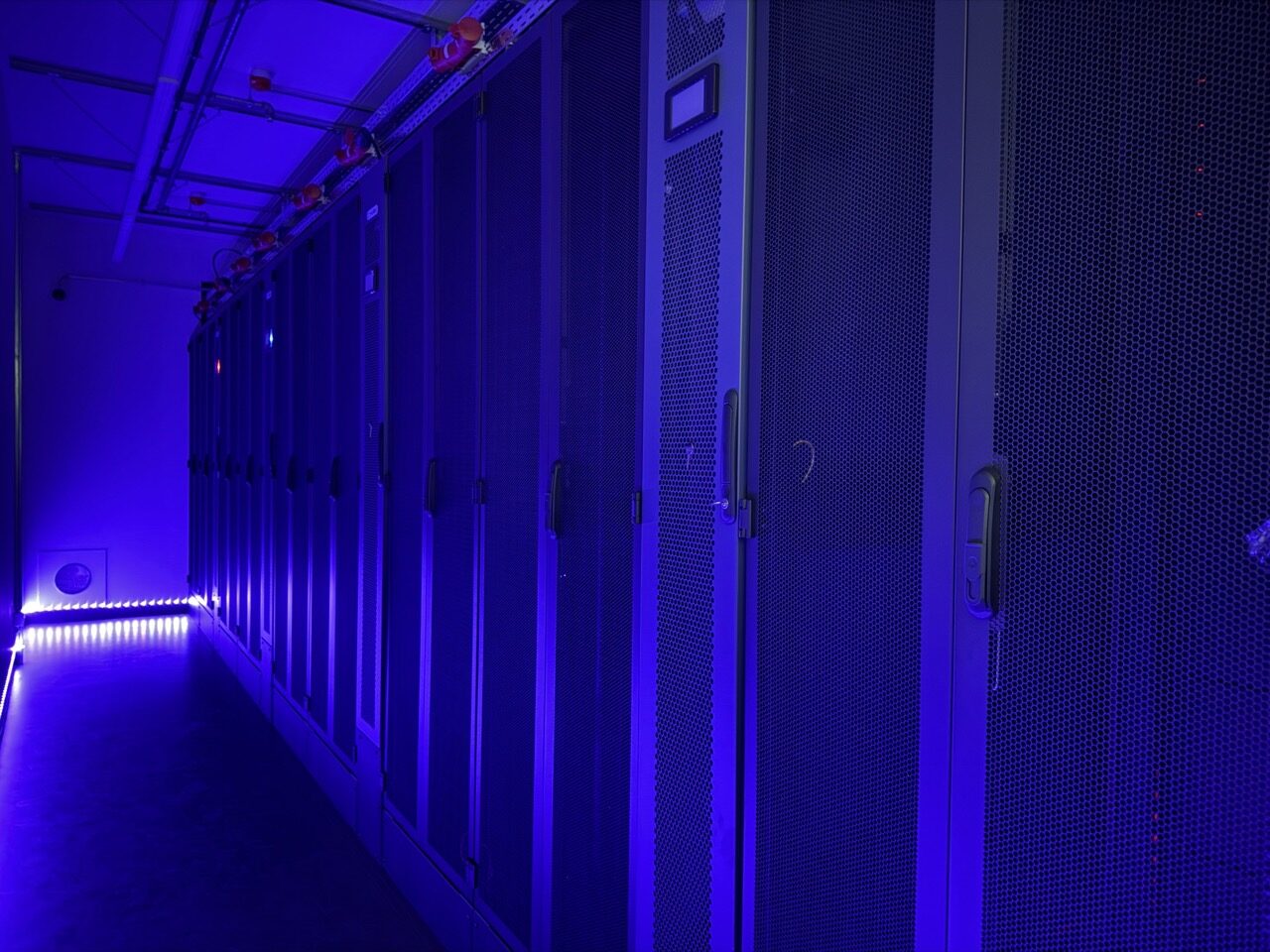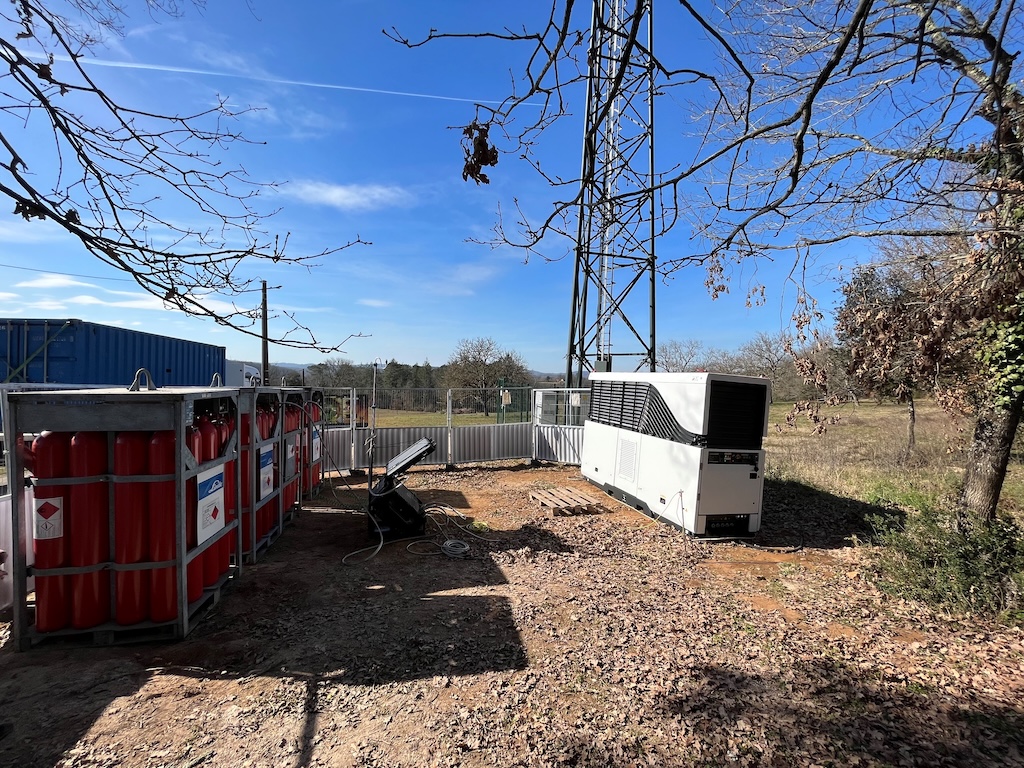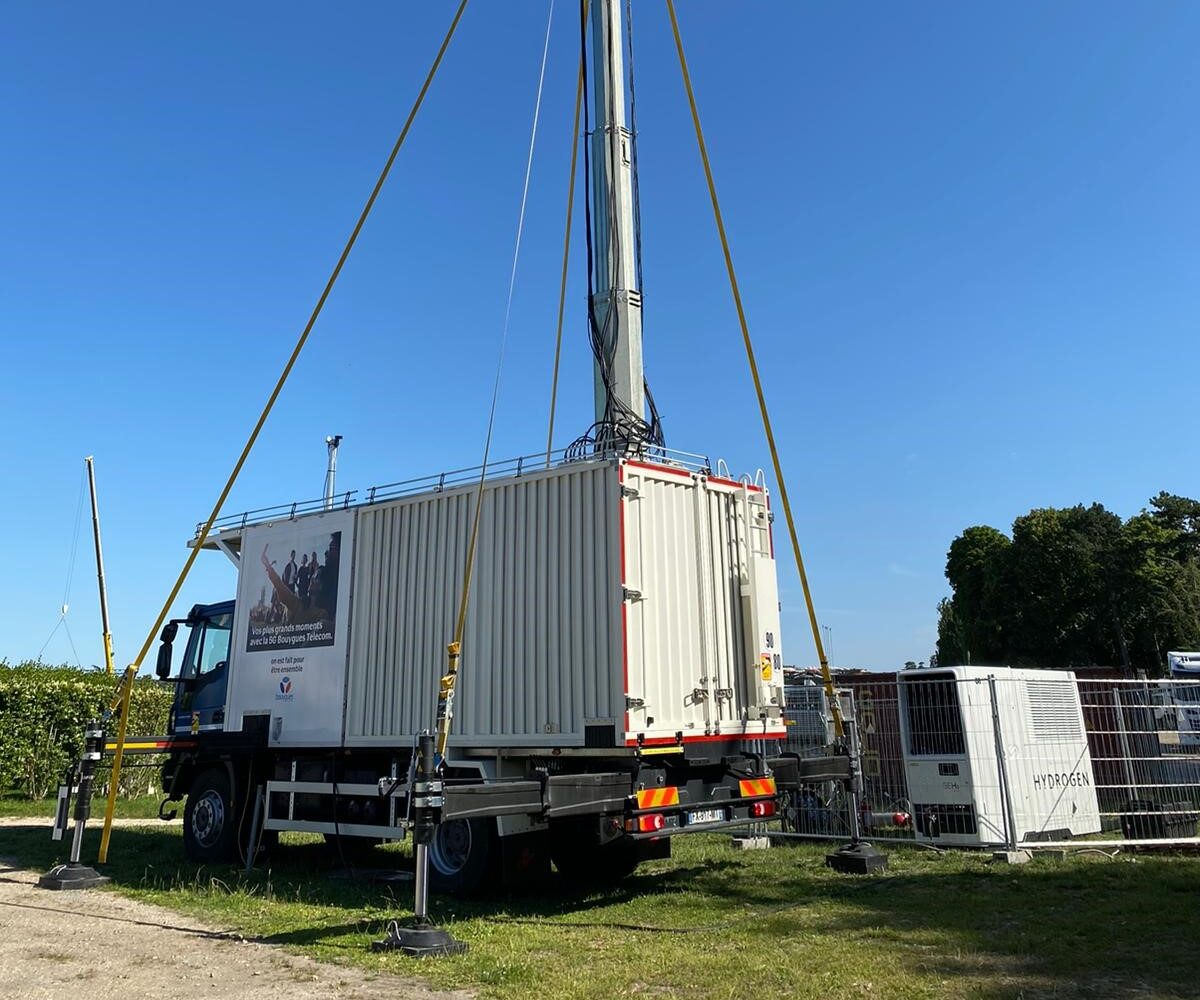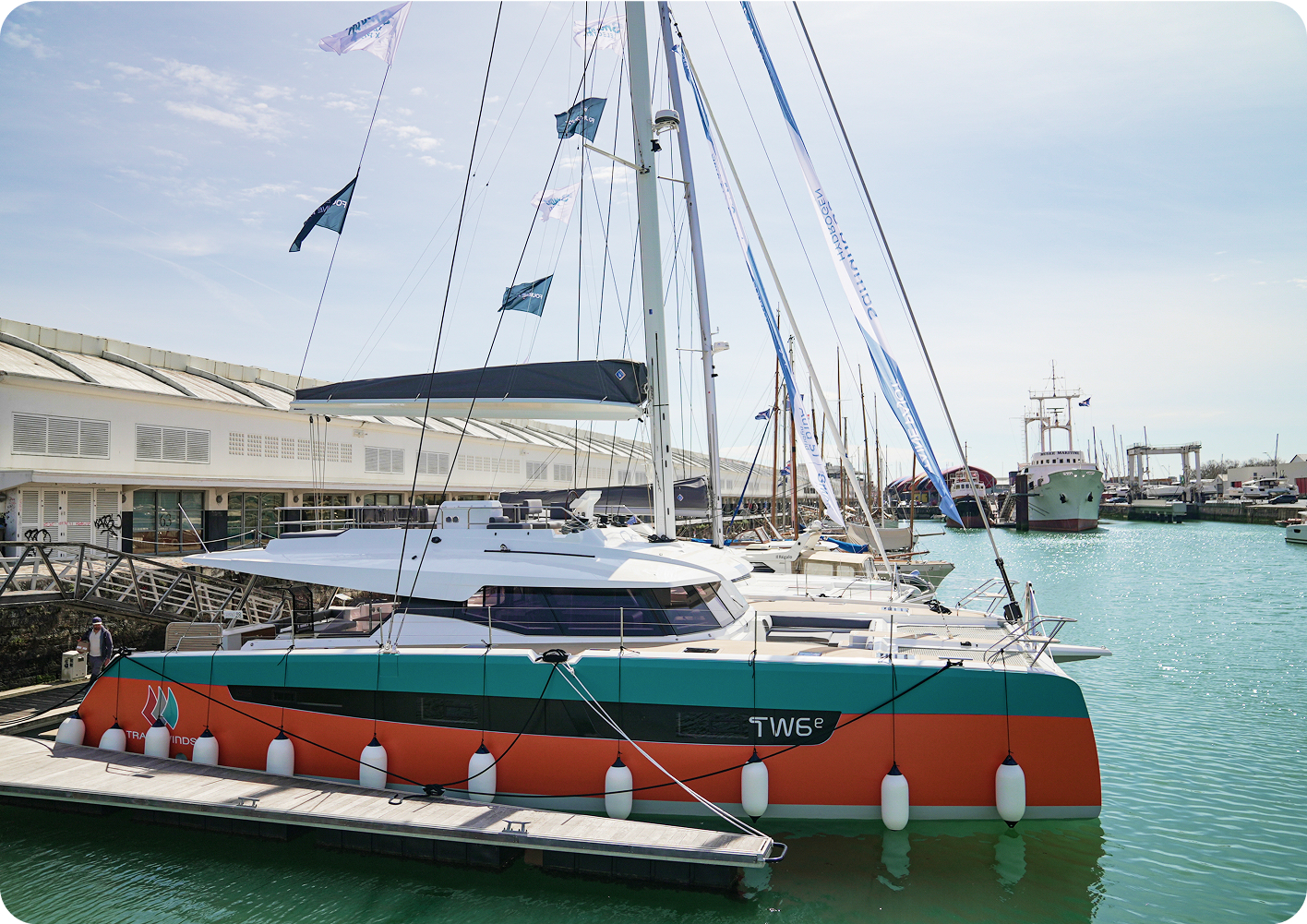A fast and sustainable energy response
In response to this energy emergency, EODev, through its local distributor Nexcellent Energy Inc., deployed a truck-mounted GEH₂® hydrogen fuel cell power generator to quickly meet the power supply needs in one of the hardest-hit areas of Taiwan, the Qigu district in Tainan.
30 households powered
This mobile backup installation provided vital support for one week to the local residents while awaiting the necessary repairs to restore the power grid, carried out by Taipower, the national electricity company. The GEH2 enabled power supply to homes and electrical devices, giving residents the ability to meet their essential needs.
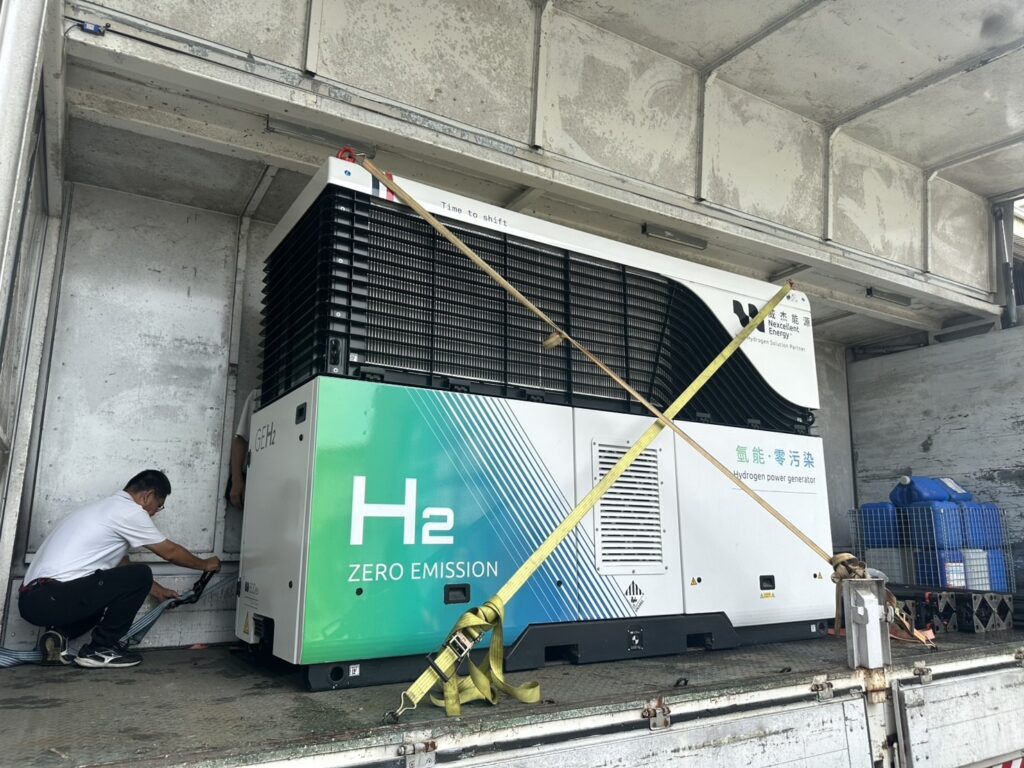
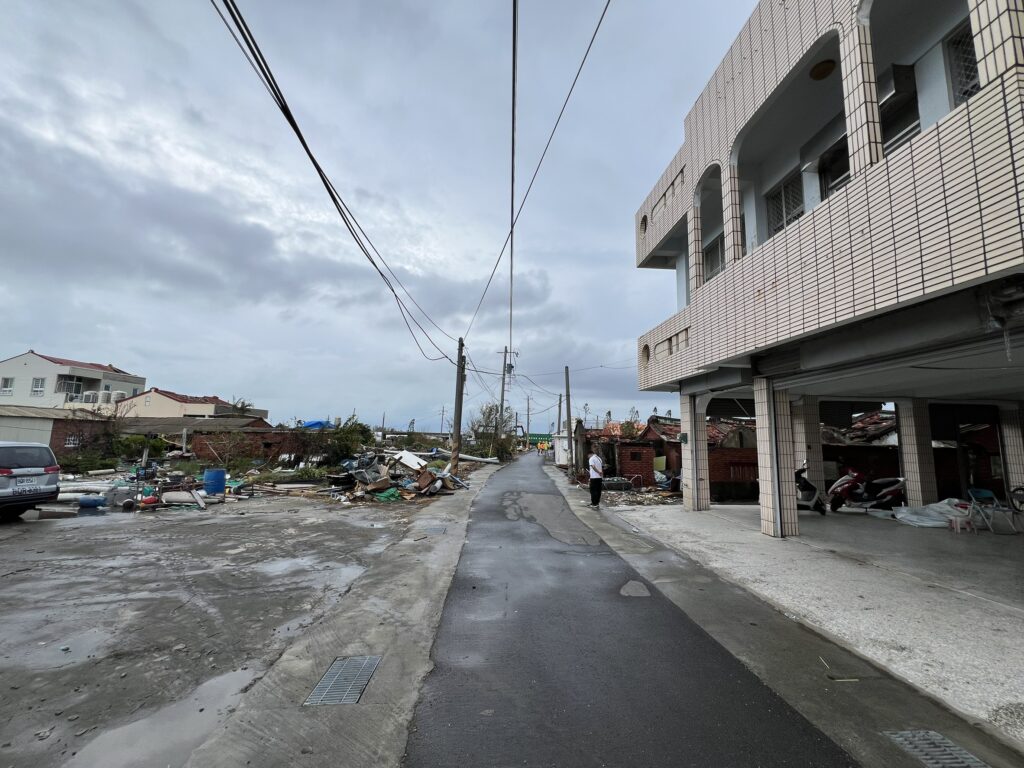
First emergency deployment
This is the very first time that the GEH₂ is used in an emergency context related to a natural disaster. This concrete case illustrates the relevance of mobile, clean, and silent energy solutions, especially in the context of increasingly frequent climate disasters. This deployment in Taïwan demonstrates that the adoption of hydrogen technologies in the field is possible and that innovation can effectively contribute to managing humanitarian emergencies while respecting environmental challenges.
A solution praised by Taiwan
The responsiveness of Nexcellent Energy and the efficiency of the GEH2 were highly praised by the local residents and by the President of Taïwan himself, who visited the site to congratulate the team for their exemplary and effective intervention through the deployment of the hydrogen generator.
As extreme climate events such as typhoons and storms become more frequent and intense, the demand for resilient, sustainable, and decarbonized energy systems for emergency relief or off-grid applications will continue to grow. Together with our partners and distributors, we will continue our efforts to popularize our decarbonized energy production and storage solutions worldwide to contribute effectively to the energy transition and fight against climate change.


